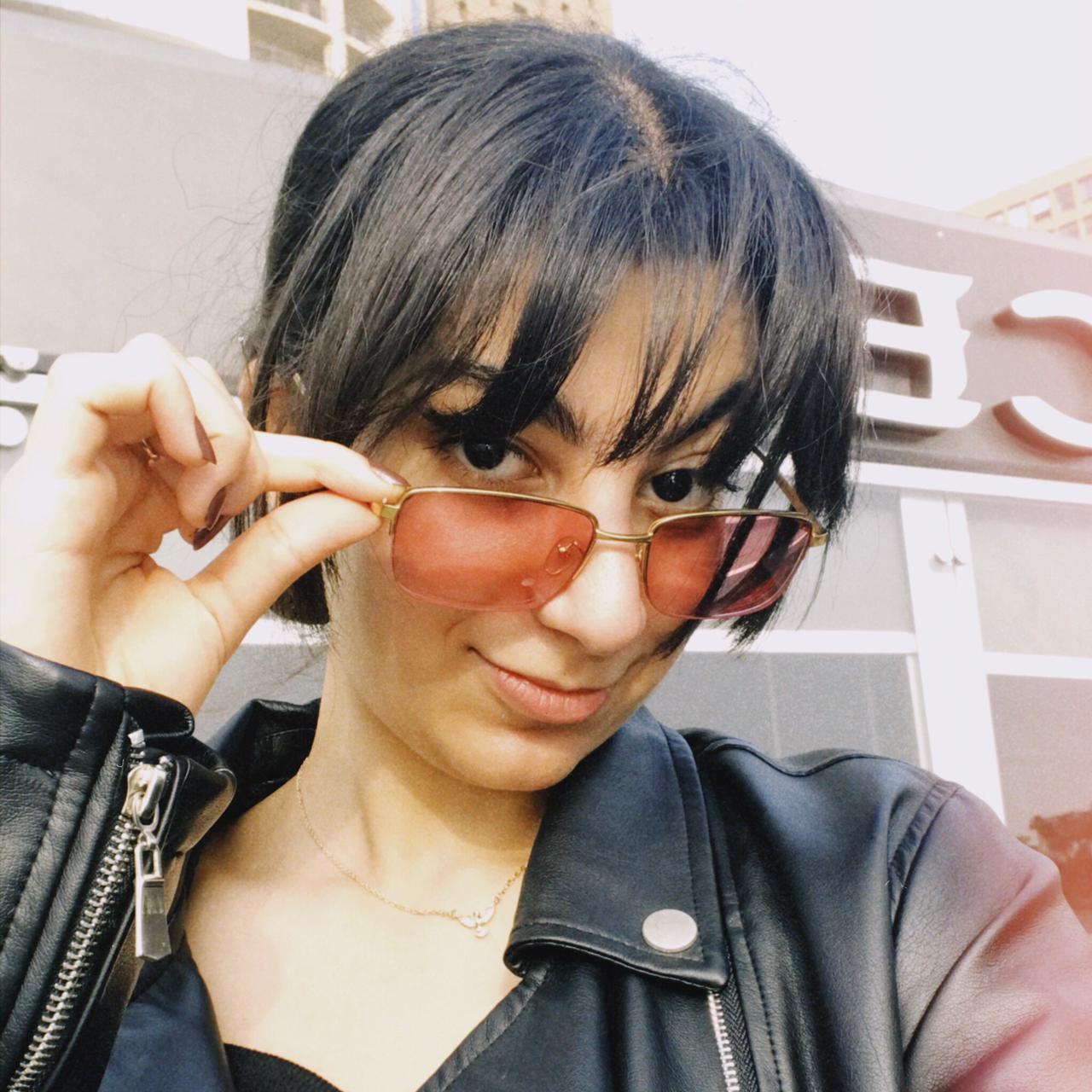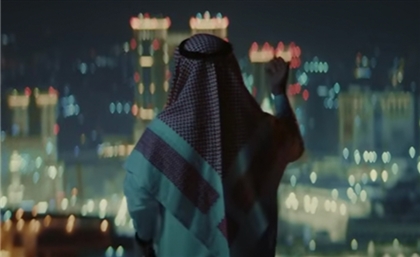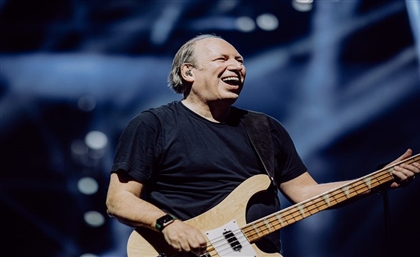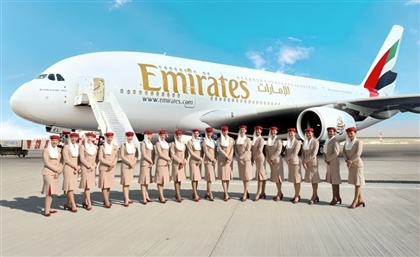Arabic Folklore & Jiin in ‘HWJN’: First Fantasy Epic in Saudi Cinema
In a virtual sitdown with the film’s director Yasir Al-Yasiri, he walks us through the challenge he faced in bringing the story to the screen, and the creative process behind his depiction of the Jiin
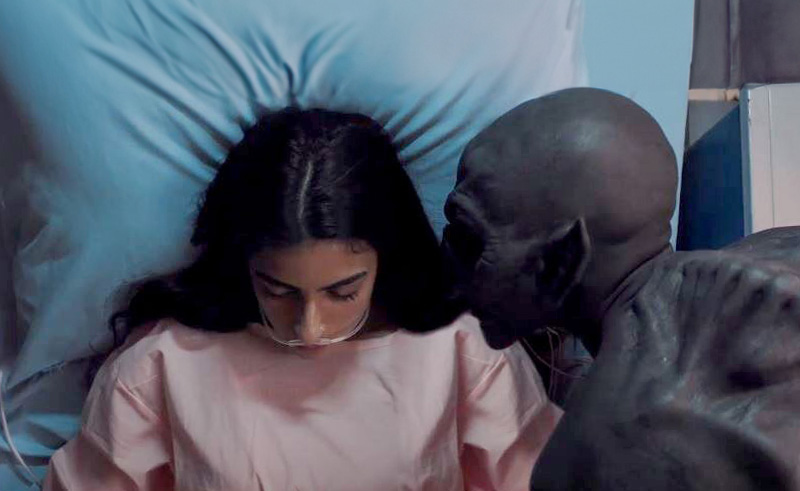
Within Saudi Arabia’s film industry, a new wave of genres has emerged, buoyed by a substantial USD 80 million investment from the Saudi Cultural Development Fund. Amongst these innovative creations is 'HWJN,' a Saudi fantasy romance that has captivated audiences on both regional and global stages.
At its core, 'HWJN' stands as the first cinematic portrayal of the Arabian mythological creatures known as jinn. Helmed by Dubai-based Iraqi director Yasir Al-Yasiri and adapted from the celebrated young adult novel by Saudi writer Ibraheem Abbas, 'HWJN' unfolds against the contemporary backdrop of Jeddah's outskirts.
The story follows Hawjan, played by Baraa Alem, a benevolent jinn who unexpectedly falls in love with Susan, portrayed by Nour Alkhadr, when her family takes up residence in his abode. As Hawjan attempts to reconcile the mundane and the supernatural, he discovers his royal lineage and the threat his affection poses to Susan.
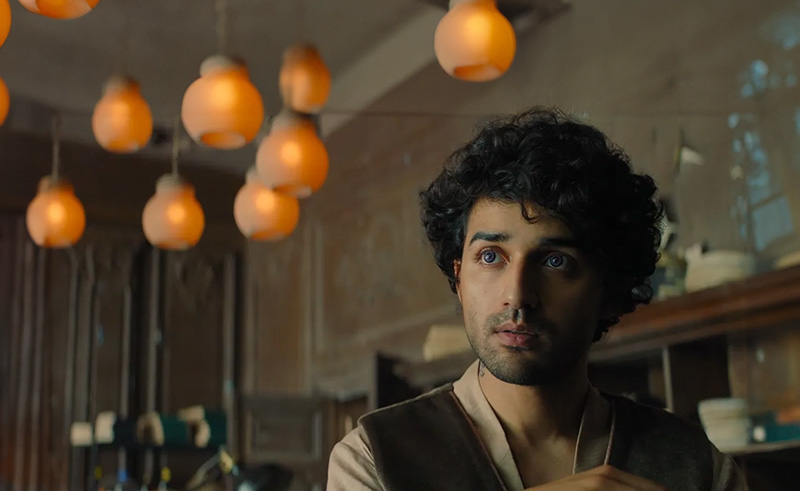
In an exclusive interview with SceneNowSaudi, director Yasir Al-Yasiri candidly reveals the inspiration behind the film, along with the challenges he confronted when bringing the novel to life.
Can you share the inspiration behind creating ‘HWJN’? When were you first introduced to Ibrahim Abbas’ novel, and what led you to adapt it into a film?
I had a deep desire to explore and contribute to the fantasy genre within Saudi cinema by presenting a narrative that can resonate with both Arab and global audiences.
When first introduced to Ibrahim Abbas’ novel by a friend, director Majid Alansari, I knew this was it. He was originally supposed to direct the film, and I was on board as a producer. However, due to scheduling conflicts, I ultimately took on both roles.
What challenges did you face in bringing this story to the screen, particularly considering its unique cultural and supernatural elements?
Horror and fantasy are untapped genres within regional and not only Saudi cinema. The scarcity of local films incorporating Arab culture and supernatural elements made it challenging to produce; to create a fitting set design and adapt our production and cinematography processes to this exploratory project.
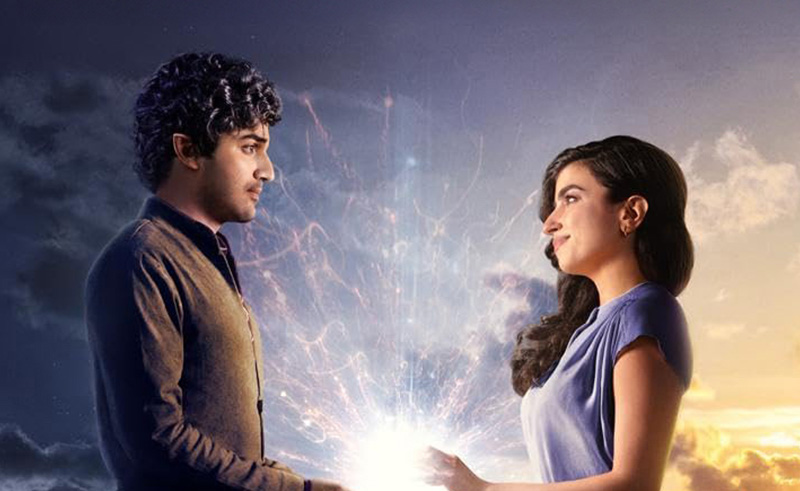
Can you tell us about the creative process behind incorporating the visual effects into the film?
We worked closely with a team of over 400 artists at the post house crew to build the worlds of ‘HWJN’ through concept arts, which laid a solid foundation for visual storytelling. This collaborative effort was crucial in bringing the film to life. It enabled us to craft a cinematic experience for the audience that was as visually compelling as the original story we were adapting.
What significance does the Red Sea Film Festival hold for you personally, and how does it feel to have ‘HWJN’ premiere at the festival?
It marked a milestone not only for myself and the film, but for the Arab cinema industry; it played a pivotal role in showcasing the diversity of Saudi storytelling and underscoring the growing recognition of these genre films within the Kingdom.
The film is a blend of genres, including romance, comedy, and fantasy. How did you navigate balancing these different tones?
The process of weaving comedy into the original fantasy-romance fabric of ‘HWJN’ was an early strategic decision. We set guidelines for how the three genres would contribute to the narrative, ensuring they could intertwine without overshadowing one another, and serving the plot and the character arcs.
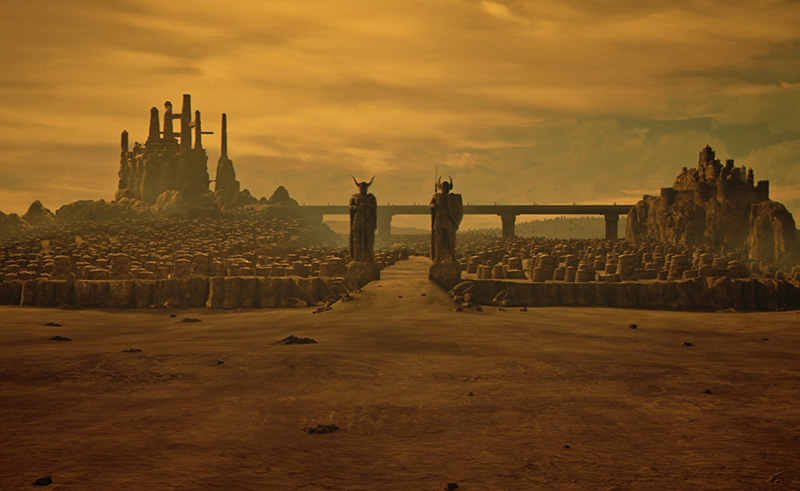
How did you approach the research and representation of Saudi folklore and mythology?
While the concept of jinn has long been present in Saudi culture, the main challenge was visualising it for the screen. In Arab culture, jinn are believed to co-exist with humans, but we can’t see or hear them, so we don’t have any visual references, which is why we relied on Ibrahim Abbas’ novel as our main source material to be able to deliver an authentic portrayal of jinn, as per folklore.
Did you face any issues with casting, particularly in portraying supernatural elements?
The casting process coincided with the nascent stages of the Saudi cinema renaissance, which meant that there were fewer experienced actors within the field than there are today.
We spent four months scrounging for our cast, working diligently with our casting director, Abdulla Alhassou and Gray Fox Agency to find talents who can do the complexity of their characters justice.
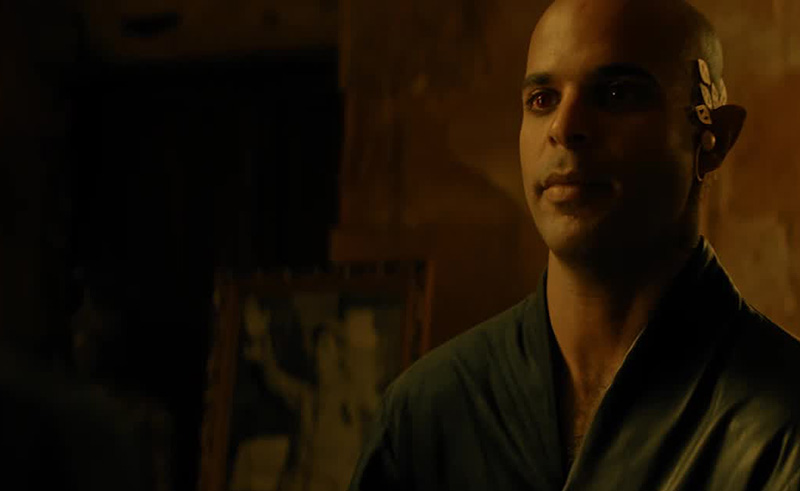
What do you hope the audiences, both within Saudi Arabia and internationally, will take away from their experience of watching ‘HWJN’?
I hope that Saudi and global audiences will connect with the film on an emotional level and find themselves attached to the story and its characters. I also hope that, by introducing global audiences to that fusion of supernatural elements, comedy and romance within the Saudi cultural context, the film will help change their perception of the Kingdom and its cinema industry.
How did you collaborate with Khaled El Kammar to achieve the desired atmosphere soundtrack for ‘HWJN’?
I worked with El Kammar early on to find the right tunes to capture the essence of the film’s genre and story.
The process involved multiple discussions, iterations and experimentations with different sounds and instruments to ensure we created a soundtrack that not only underscored the emotional journey of the characters but also added to the film’s cultural and supernatural themes.
We also wanted the film’s soundtrack to offer viewers an immersive sonic experience to draw them into the different worlds of ‘HWJN’.
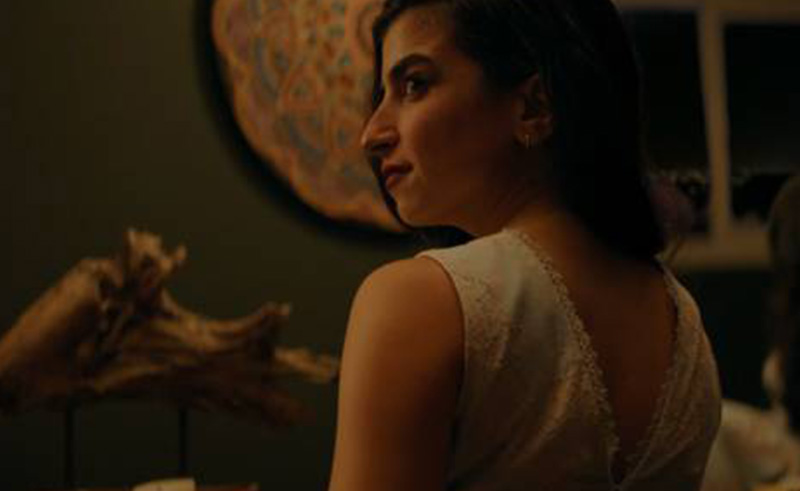
‘HWJN’ touches on themes of love, identity and acceptance. How did you approach these themes within the context of Saudi society, and what do they represent for the characters in the film?
Approaching the themes of love, identity, and acceptance within the context of Saudi society, required a deep understanding of the culture, though these themes are universal, they needed to be woven into the narrative in a way that can resonate with the locals.
In the film, love represents a bridge between different worlds - human and jinn - while identity is often explored through their personal journeys and interactions. Meanwhile, acceptance becomes a key element in their growth and the ultimate resolution or denouement of their conflicts.
Can you discuss the visual language you used to capture and convey both fantastical elements and the everyday life of the characters' contrasting aspects?
To achieve a smooth and cohesive portrayal of both the supernatural realm of the jinn and the ordinary aspects of human life, the cinematographer used a certain technique that created a visual experience, akin to the sensation of jumping.
We utilised a combination of lighting, colour palettes and camera techniques to separate yet subtly link the mundane with the magical. We went with a more grounded, realistic look, using natural light and relatable settings for the everyday scenes, while we experimented with more dynamic light and visual effects to create a sense of surrealism and otherworldliness to portray the supernatural realm.
Were there any specific challenges or memorable moments from the filming process of ‘HWJN’ that stood out to you?
The most significant challenge during the filming process was working on physically demanding scenes, from intricate choreography in action sequences to the subtle manipulation of environments to convey the supernatural presence – it required a lot of careful planning, coordination and execution to ensure the safety of the crew.
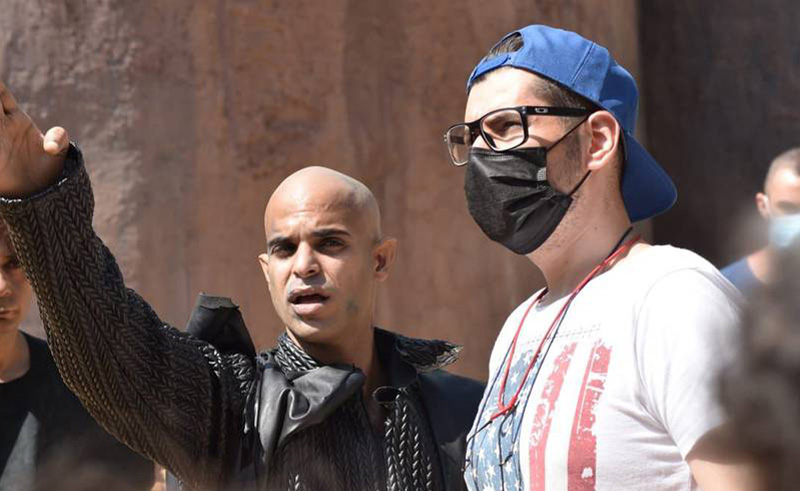
How do you see the film contributing to the evolving landscape of Saudi Arabian filmmaking, both domestically and on the global stage?
The film challenges Western stereotypes of jinn and subverts the horror genre by presenting a non-horror narrative centred around this supernatural being. It portrays the jinn in a nuanced manner, aligning with Arab cultural perceptions that go beyond fear. On a local level, the film contributes to diversifying Saudi filmmaking genres and paves the way for future genre exploration.
- Previous Article سندباد الورد أضحي سلطاناً: مراجعة لألبوم شب جديد والناظر 'سلطان'
- Next Article 7 Public Parks To Visit In Egypt During Eid Al Fitr



